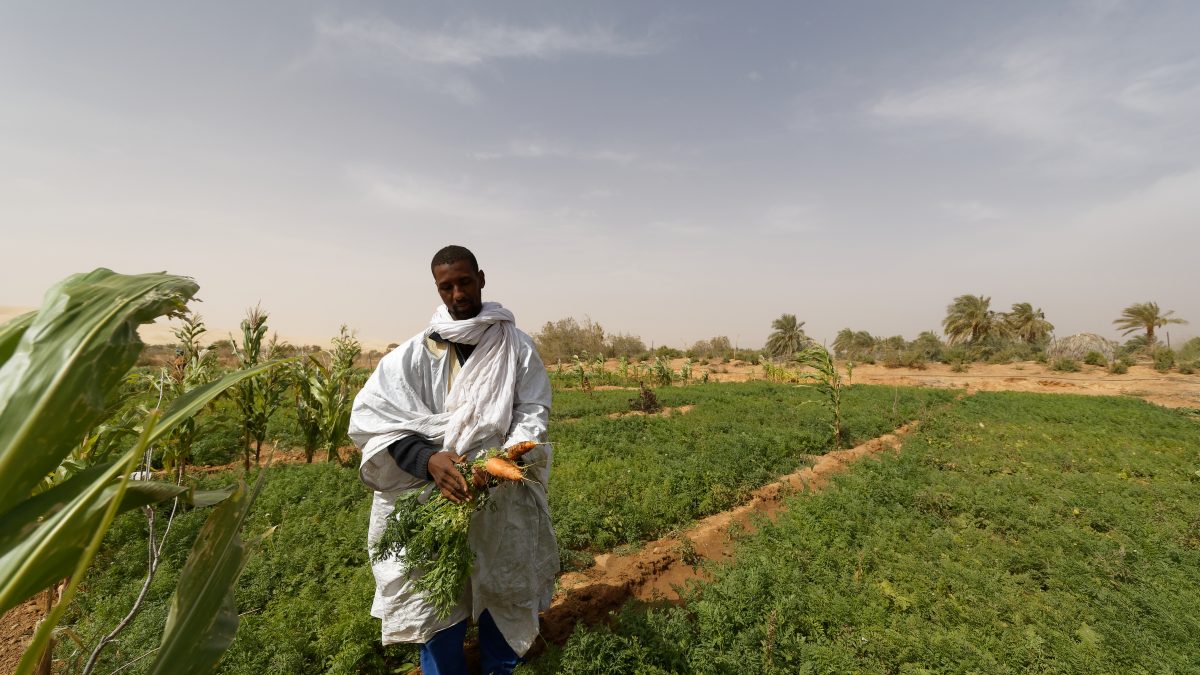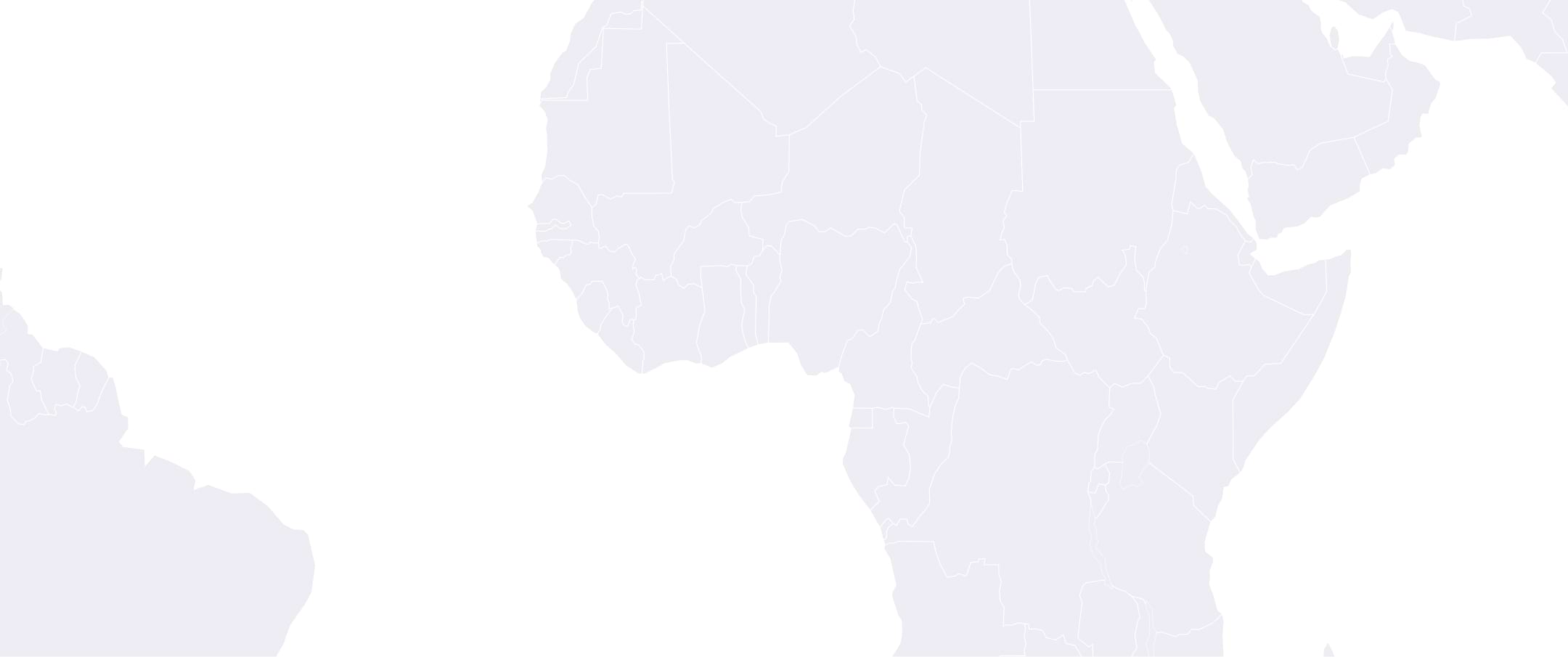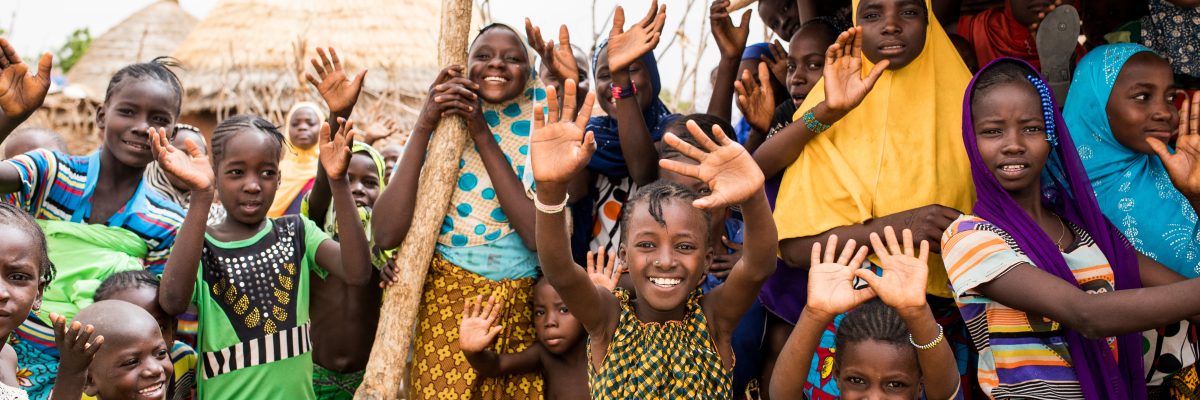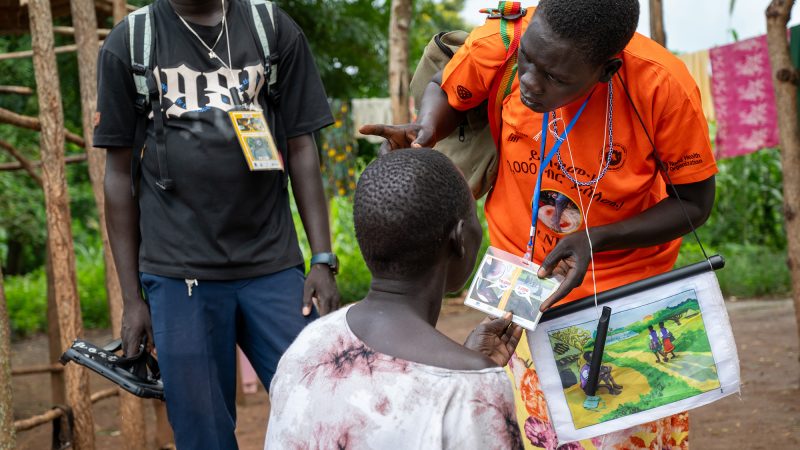Mauritania

The Carter Center helped Mauritania mobilize its resources to wipe out Guinea worm disease, an ancient waterborne parasitic infection.
Impact
- When Mauritania established a national Guinea Worm Eradication Program in 1995, there were 1,240 reported cases across the country.
- With support from the Center, health workers rode camels, horses, and donkeys to reach the most remote areas to provide training and report cases.
- The last indigenous case of Guinea worm disease in Mauritania was reported in 2004.

Discover Related Programs
Related Content
Global Impact Starts with You
Your support sustains the Carter Center's mission of waging peace, fighting disease, and building hope around the world.


